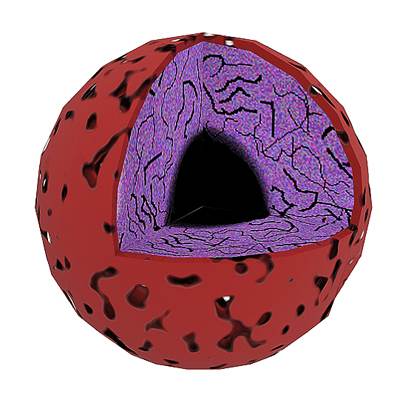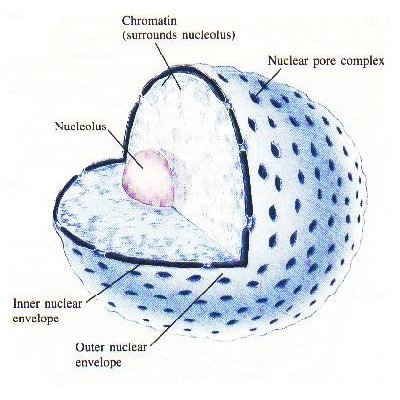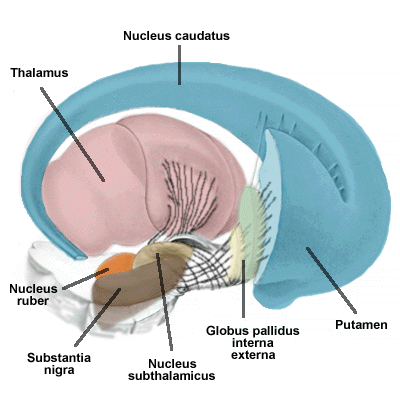Difference between Nucleus and Nucleoid

People with little scientific knowledge believe that nucleus and nucleoid are two different names of the same term but this is not the case as there are a lot of notable differences between them. Within every living being, there is an area where the cell wall and plasma membrane functions are controlled. Depending on the type of the cell, this region inside the living being is known as either nucleoid or nucleus. In prokaryotes, this region is termed as the nucleoid. In eukaryotes, on the other hand, the region is called the nucleus. Both nucleus and nucleoid are composed of chemical substances, encoded in genetic material of the DNA. Although the purpose and function of both nucleus and nucleoid is very similar, there are numerous differences in their structure and organisation. If you are looking to learn the differences between these two terms, continue reading this post.
Instructions
-
1
Nucleus
In the eukaryotes cell, the nucleus is the most important and significant part of the cell structure. It is usually round or oval in shape depending on the type of cell. Almost all nuclei are positioned in the centre of the cell. The composition of nucleus is slightly complicated. Essentially it consists of chromatin material, nucleolus, nucleoplasm and nuclear membrane. In some eukaryote cell, there is double layered membrane to prevent small molecules from the entering the cell. Nucleus also has some pores in it which allows certain molecules to enter the cytoplasm of the cell.
The nucleus is filled with homogenous fluid which allows suspension for nucleolus and chromatin. Genetic information is transferred from one generation to the other with the chromatin which consists of long chain of DNA cells. Nucleus also contains nucleolus which is composed of proteins and RNA. Nucleus is responsible for assisting almost all metabolic reactions inside the cell while transferring the genetic information from one generation to the other.
- Image courtesy: bioinformer.co.uk

-
2
Nucleoid
Nucleoid also functions in a similar fashion but is mainly found in prokaryotes cell such as fungi, bacteria and blue green algae. It is designed to contain only nucleic acids in an unshaped nuclear region. Genetic information is passed with the help of single circular chromosome. Furthermore, there is no cell membrane in the structure to stop small molecules from entering. Prokaryotic cytoplasm can also enter the structure due to absence of surrounding membranes.
- Image courtesy: kin450-neurophysiology.wikispaces.com








